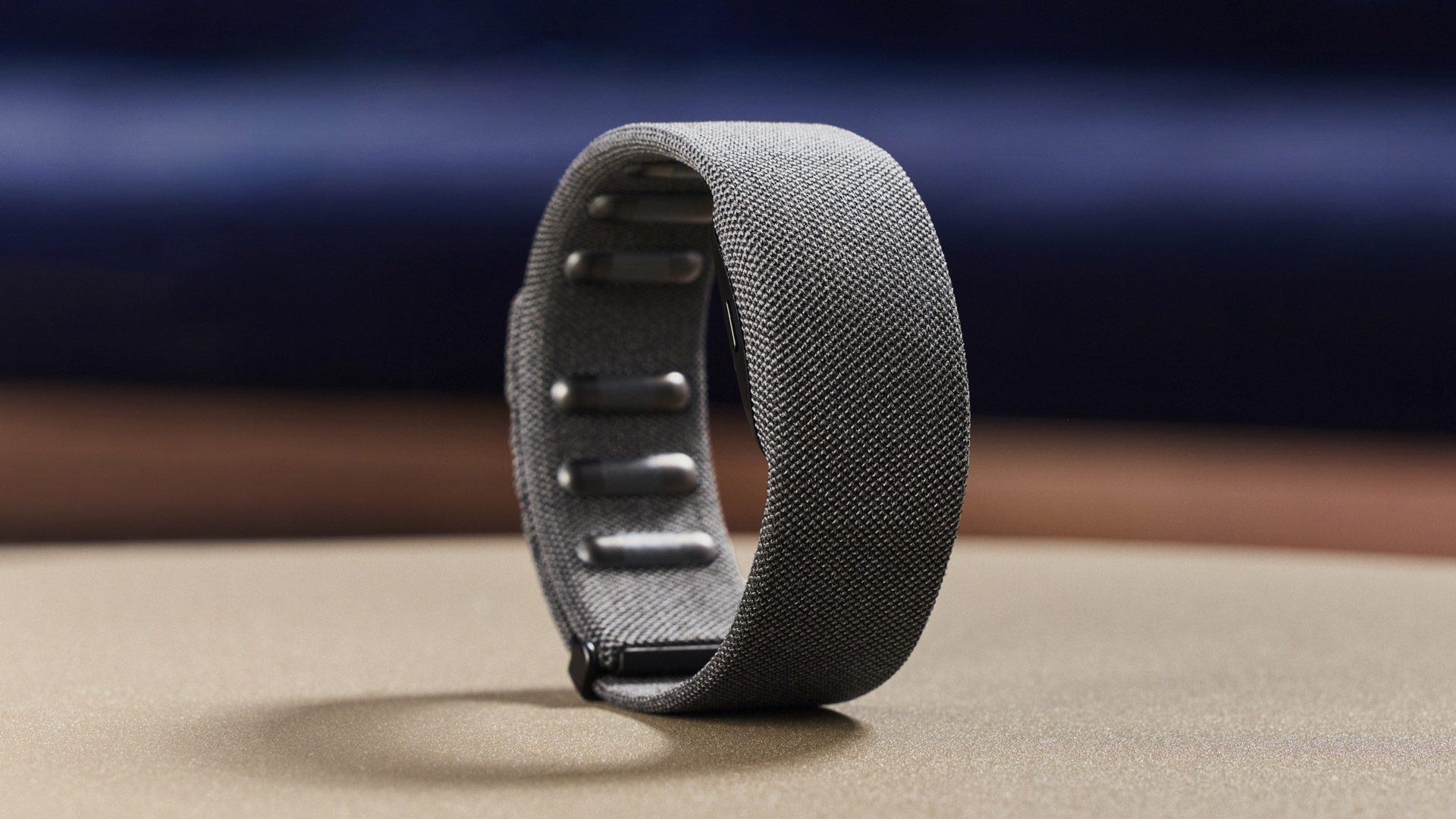Meta’s Next-gen Smart Glasses Reportedly Set to Include a Display & Wrist-worn XR Controll
April 2, 2025
Meta is reportedly working on a version of its Ray-Ban smart glasses which will include a single display for viewing photos and apps. Now, according to a new Bloomberg report from Mark Gurman, the company is aiming to introduce it sometime later this year alongside its wrist-worn XR controller for hand-gesture input.
As per a previous Bloomberg report from January, the device is allegedly codenamed ‘Hypernova’. Citing Meta employees, the device could cost between $1,000 and $1,400, although the final price likely still hasn’t been decided.
The price increase over the company’s $300 Ray-Ban Meta Glasses, which don’t include displays of any sort, is reportedly driven by the inclusion of a single display visible in the lower-right quadrant of the right lens.
Unlike augmented reality glasses, which correctly place digital images in the user’s field-of-view, the device as described would be closer to Google Glass in function. Find out more about the differences between Smart Glasses and AR Glasses in our full explainer.
Bloomberg’s latest report now maintains Hypernova will include dedicated apps for taking pictures, viewing photos and accessing maps. This also includes notifications from phone apps, such as Messenger and WhatsApp, the report maintains.

It’s said Hypenova will rely “heavily on the Meta View phone app,” and may not include its own on-board app store despite running a customized version of Android—suggesting it’s more akin to a smartphone peripheral and not a standalone platform as such.
It is however said to include many of the same features of Ray-Ban Meta Glasses, such as capturing images and video, accessing AI via built-in microphones and pairing with a phone for calls and music playback.
Additionally, it’s said Hypernova is getting a spec bump in the camera department. The latest version of Meta Ray-Ban comes with a 12-megapixel camera, similar to an iPhone 11 (2019) in quality. Instead, Hypernova is hoping to “rival the iPhone 13 from 2021,” according to people familiar with the matter.
Like the company’s display-less Ray-Ban Glasses, the report maintains users can control Hypernova using capacitive touch controls located on the temples, allowing to scroll through media.

It seems however Meta is looking to finally productize its wrist-worn XR controller, which uses electromyography (EMG) sensors to detect things such pinching and hand rotation for UI selection. Hypernova is said to come bundled in the box with the wrist-worn controller, which we’ve also seen in action with the company’s internal Orion AR glasses.
Bloomberg maintains a second-gen ‘Hypernova 2’ is already in the works, which is said to include a binocular heads-up display system (again, smart glasses, not AR) with people familiar with the matter maintaining it’s currently planned for release in 2027.
Granted, anything could happen. Meta regularly shelves products late in development, such as its allegedly canceled variant the device without a camera—a move targeting lower costs and increased user privacy.
Still, Hypernova likely won’t be the next smart glasses device Meta releases. The report maintains Meta is finalizing ‘Supernova 2’, which function like Ray-Ban Meta Glasses, but houses inside a sportier Oakley design.
All of this is leading up to the release of Meta’s first true AR glasses. The company revealed its internal developer kit Orion in late 2024; Meta CTO and Reality Labs chief Andrew Bosworth has said an AR device based on their work with Orion could come before 2030, priced “at least in the space of phone, laptop territory.”
Search
RECENT PRESS RELEASES
Related Post




